I have data-set where the bootstraps were performed such that only values within the two main factors replicate/ level were replaced.
replicate level high.density low.density
1 low 14 36
1 low 54 31
1 mid 82 10
1 mid 24 NA
2 low 12 28
2 low 11 45
2 mid 12 17
2 mid NA 24
2 up 40 10
2 up NA 5
2 up 20 2
##DATA FRAME
df <- structure(list(replicate = c(1, 1, 1, 1, 2, 2, 2, 2, 2, 2, 2), level = c("low", "low", "mid", "mid", "low", "low", "mid", "mid", "up", "up", "up"), high.density = c(14, 54, 82, 24, 12, 11, 12, NA, 40, NA, 20), low.density = c(36, 31, 10,
NA, 28, 45, 17, 24, 10, 5, 2)), class = c("spec_tbl_df","tbl_df","tbl", "data.frame"), row.names = c(NA, -11L), spec = structure(list(cols = list(replicate = structure(list(), class = c("collector_double", "collector")), level = structure(list(), class = c("collector_character","collector")), high.density = structure(list(), class = c("collector_double","collector")), low.density = structure(list(), class = c("collector_double",
"collector"))), default = structure(list(), class = c("collector_guess", "collector")), skip = 1L), class = "col_spec"))
df$replicate <- as.factor(as.numeric(df$replicate))
df$level <- as.factor(as.character(df$level))
##Creating the data-set needed for boot. Only values with-in the unique replicate/ level were allowed to shuffle (Credits: Dion)
df_shuffle <- function(DF) {
my_split <- split(DF, f = ~ DF$replicate + DF$level)
shuffle <- lapply(my_split, function(x) {
nrX <- nrow(x)
cbind(x[, c('replicate', 'level')],
high.density = x[sample(seq_len(nrX), replace = TRUE), 'high.density'],
low.density = x[sample(seq_len(nrX), replace = TRUE), 'low.density'])
})
DF_new <- do.call(rbind, shuffle)
rownames(DF_new) <- NULL
return(DF_new)
}
B <- 1000
df_list <- replicate(B, df_shuffle(df), simplify = FALSE)
df_list <- lapply(df_list, function(x) x[complete.cases(x), ]) #choose complete cases
Now I want to bootstrap over these observations to estimate the coefficient, p-value and confidence interval. I am trying to replicate the boot function like in this example and draw the correct confidence interval like in this example (I only need the overall bootstrapped line and confidence interval)
#A sample code for the plot
df_boot <- rbindlist(df_list, idcol = 'count')
ggplot(aes(x = low.density, y = high.density), data = df_boot) +
stat_smooth(aes(group = factor(count)), geom = "line", method = "lm", se = FALSE, color = "red", alpha=0.02) +
stat_smooth(geom = "line", method = "lm", se = FALSE, color = "black", linetype = "longdash") +
theme(panel.background = element_blank()) + theme(legend.position="none")

